Ho Chi Minh Museum-Dragon House Wharf
Dragon Wharf is initially a large trading harbor of Saigon (the old name of Ho Chi Minh City). In 1862, the French built this harbor to meet the demand of transportation between the colonized Vietnam and the world.
Location & History
A figure of immense significance to Vietnam's modern history, Ho Chi Minh has his legacy celebrated throughout the country, most notably in Ho Chi Minh City, which bears his name. One of the most pivotal moments of his life associated with this city was in June 1911, when he set sail on a French ship named Admiral Latouche Treville from Dragon House Wharf, embarking on a transformative 30-year journey around the globe.
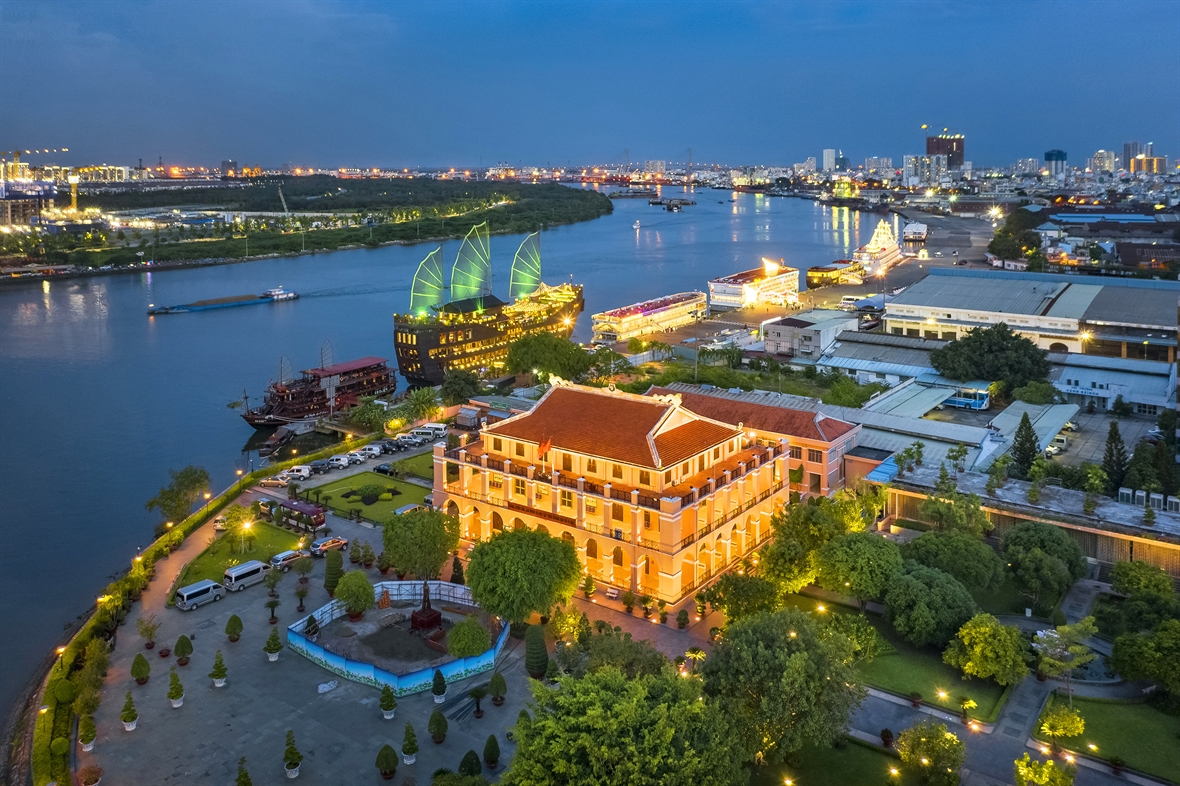 Photo: vietnam.vnanet.vn
Photo: vietnam.vnanet.vn
Dragon Wharf was originally established as a significant trading port in Saigon, the former name of Ho Chi Minh City. Constructed by French colonists in 1862, the harbor facilitated transportation between colonized Vietnam and the global market. In September 1979, the People's Committee of Ho Chi Minh City transformed it into a branch of the Ho Chi Minh Museum, providing insights into his life and contributions.
Today, the site is located at the junction of the Saigon River and can be found at the beginning of Nguyen Tat Thanh Street (District 4).
Architecture & Collections
The harbor is renowned for its distinctive architecture, thoughtfully merging Vietnamese and French styles. This is particularly evident in the design of the main French-style building, which features two Vietnamese-dragon-shaped statues atop its roof. This unique detail is reminiscent of traditional Vietnamese temples and pagodas, from which the wharf derives its name.
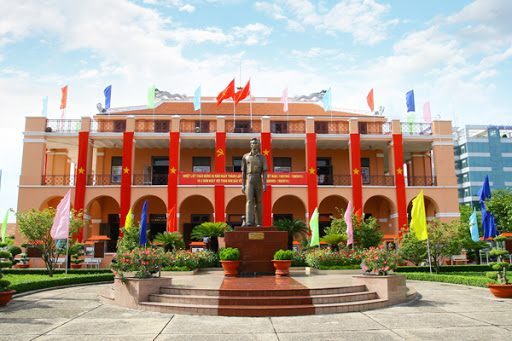 Photo: thienphucwater.com
Photo: thienphucwater.com
This historical landmark hosts an extensive collection of approximately 3,000 photographs and 700 artifacts related to President Ho Chi Minh, showcasing his personal belongings, journals, as well as a wealth of documents chronicling his remarkable life.
While no longer serving as a dock, Dragon House Wharf has transformed into a popular tourist attraction, drawing millions of visitors annually, both domestic and international. Here, tourists can immerse themselves in Vietnam's rich cultural heritage and learn about a life that has inspired countless individuals worldwide.
How To Get There
Dragon House Wharf is conveniently situated near the end of Ham Nghi or Nguyen Hue Street, close to Bach Dang Tourist Wharf. It is open daily except on Mondays, from 8:00 AM to 11:30 AM and 1:30 PM to 5:00 PM. Visitors are encouraged to reach the site via taxi or motorbike for convenience.
Useful Information
- Location: Phường 12, District 4, Ho Chi Minh City, Vietnam
- Best for: Family, couple, solo
- Entrance: Free
- Hours: 8AM - 5PM, closed on Monday
- Distance to city center: 10.4km (6.5 mi)
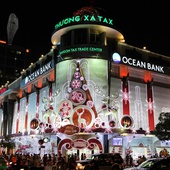
Thuong Xa Tax
Although the building was demolished in 2016, Thuong Xa Tax merits every mention when one talks of Saigon.
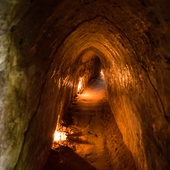
Cu Chi Tunnels
While visiting the War Remnants Museum gives you a theoretical glimpse of the Vietnam War, wandering around a small area of Cu Chi Tunnels, a popular tourist attraction in Vietnam, allows you to have real-life experiences
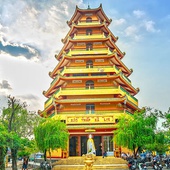
Giac Lam Pagoda
Built in 1744, Giac Lam Pagoda is one of the oldest pagodas in Ho Chi Minh city. Giac Lam Pagoda is located at 118 Lac Long Quan Street, Tan Binh District.








